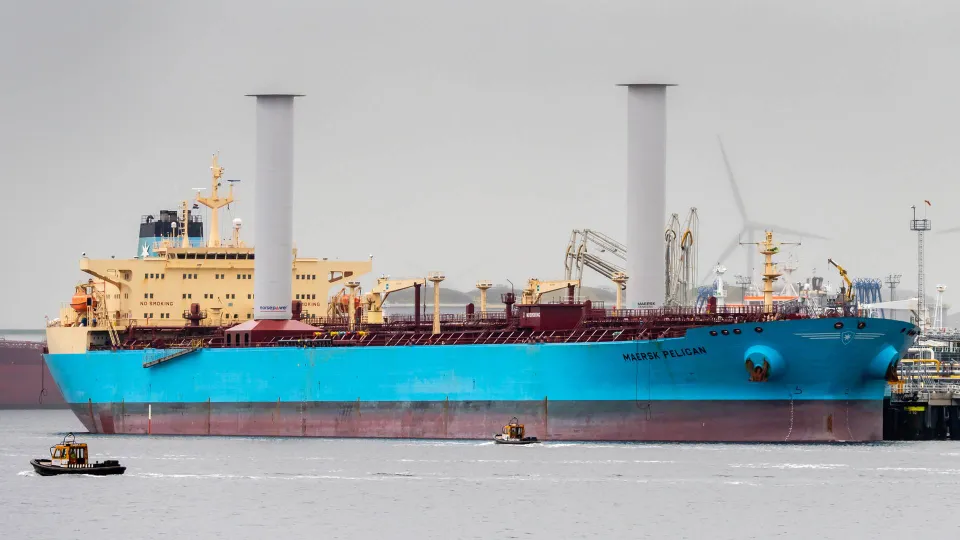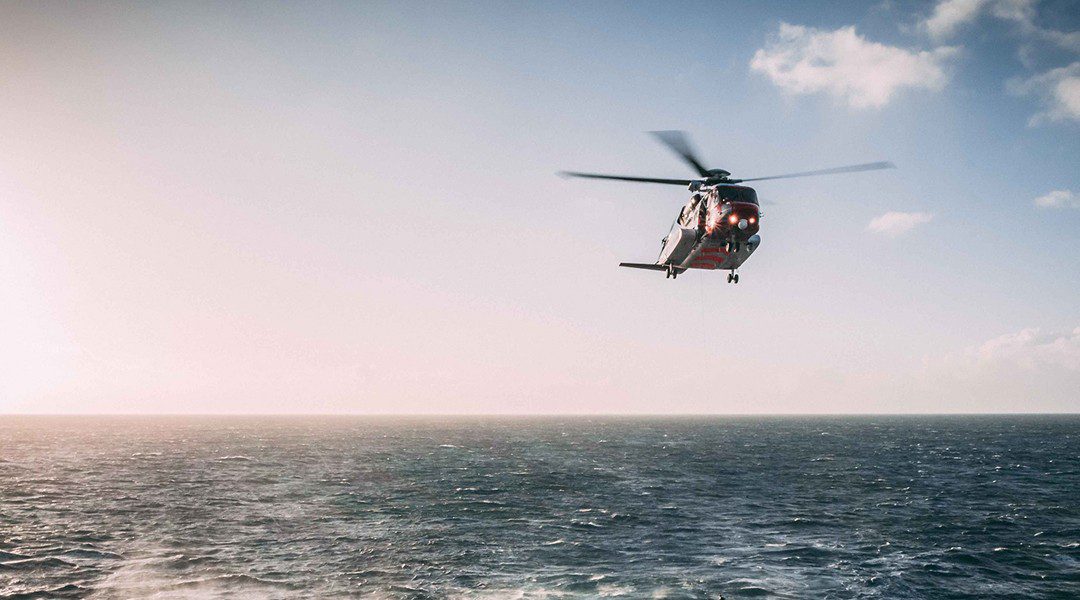
The trial with giant sails aboard one of Maersk Tankers’ vessels was a success, establishes CTO Tommy Thomassen in an interview with WPO.
Maersk Tankers has spent the past year testing two large, cylindrical rotor sails aboard one of the company’s tanker vessels.
And the results proved so good that the test vessel will keep the two prototype sails, while more ships might be fitted with similar sails in the future, explains Thomassen.
In one to two years, I think the purchase price will be down to a realistic level along with the fact that the installation price will also be down to a good level
TOMMY THOMASSEN, CHIEF TECHNICAL OFFICER, MAERSK TANKERS
The latter, however, requires that the costs of producing and installing the sails reduces further. However, such a time is not necessarily that far into the future, assesses the CTO.
“In one to two years, I think the purchase price will be down to a realistic level along with the fact that the installation price will also be down to a good level,” Thomassen tells WPO.
By then, he specifically expects the costs to have lowered so much that the investment made on the big sails can be earned back within the foreseeable future.
“We’ve given the suppliers a challenge, namely five to six years’ payback on the investment, which is the level we need to reach in order to make the technology really exciting. That still requires a bit of work, but it is definitely not unobtainable,” says Thomassen.
(The article continues below the picture)

Last year, Maersk Pelican ventured on its first voyage from the Port of Rotterdam, fitted with the two cylindrical rotor sails. | Photo: PR/Maersk Tankers
Saved both fuel and CO2
In August last year, Maersk Pelican, a 109,600-dwt LR2 product tanker, was fitted with the two cylindrical rotor sails. The sails are 30 meters tall and five meters in diameter and function by rotating, which creates propulsion.
Finnish company Norsepower produced the two sails, and the trial was also supported by UK fund ETI, which paid for the majority of the investment, as well as Shell’s shipping division. Maersk Tanker’s own investment was somewhere around USD 300,000, says Thomassen.
According to the partners, Maersk Pelican saved 8.2 percent of its fuel consumption in the period between Sep. 1, 2018, until Sep. 1, 2019. A reduction that can only be attributed to the use of the sails.
This is the only technology we see that is capable of, including everything, providing CO2 savings close to 10 percent.
TOMMY THOMASSEN, CHIEF TECHNICAL OFFICER, MAERSK TANKERS
The saving is furthermore compared to three years’ average operations on a similar vessel.
“The fact that the sails have performed on all the most important parameters means that we must call the trial a success. This is the only technology we see that is capable of, including everything, providing CO2 savings close to 10 percent,” says Thomassen, adding that besides examining fuel and CO2 reductions, the shipping company has also examined the operational and safety-related aspects of sailing with the rotor sails.
And the technology will especially be relevant for ferries and large vessels within tanker and bulk, says Thomassen. But for vessels such as container ships, the solution is “less relevant”, as he puts it, as they have containers stacked on deck and also typically sail faster.
“For us, the technology is most relevant for LR2 and MR vessels as a start, and maybe slightly less once we get to the intermediary vessels. The potential is greatest for large vessels on long routes,” says Thomassen.
Around USD 20 million earmarked
The Norsepower trial is part of a greater ambition at Maersk Tankers to reach a 30 percent CO2 reduction by 2021, compared to 2008 levels.
For this reason, the shipping company will invest in technological solutions aimed at reaching the reduction target.
“Over a period, we will in invest USD 20 million in round figures into technological solutions,” explains Thomassen, adding that this period runs from April this year and until the end of 2021.
Maersk Tankers operates a total fleet of 164 vessels. 83 of these are owned by the company Maersk Product Tankers.
Furthermore, the company recently announced its purchase of seven chemical tanker ships from a Malaysian shipping company.
Only one of these vessels has been received so far, while the remaining six will be delivered in the coming months.
English Edit: Ida Jacobsen
Maersk Tankers keeps rotor sails following successful trial
More carriers show interest in installing giant sails this year
Wind propelling Maersk Tankers’ oil transport





